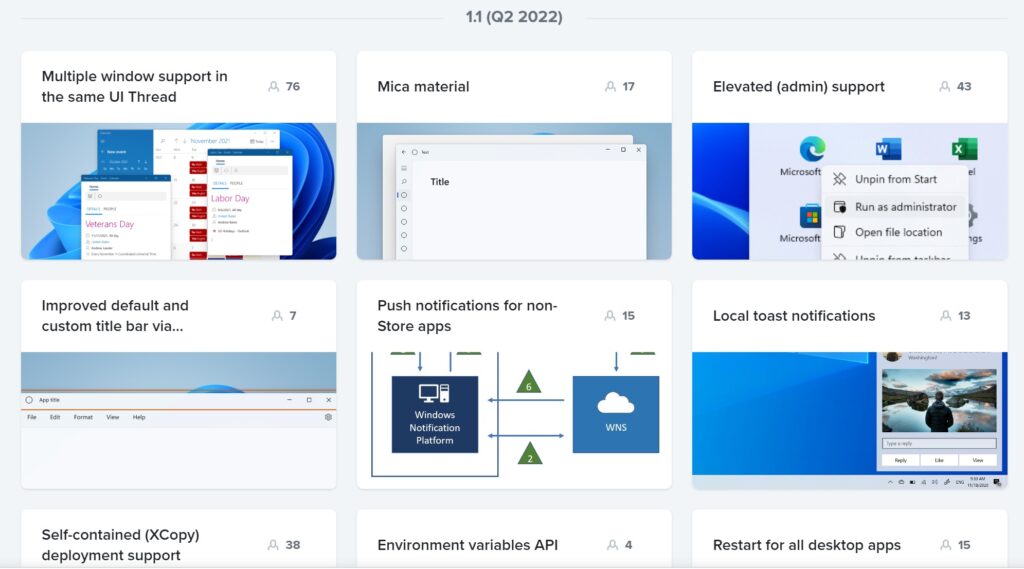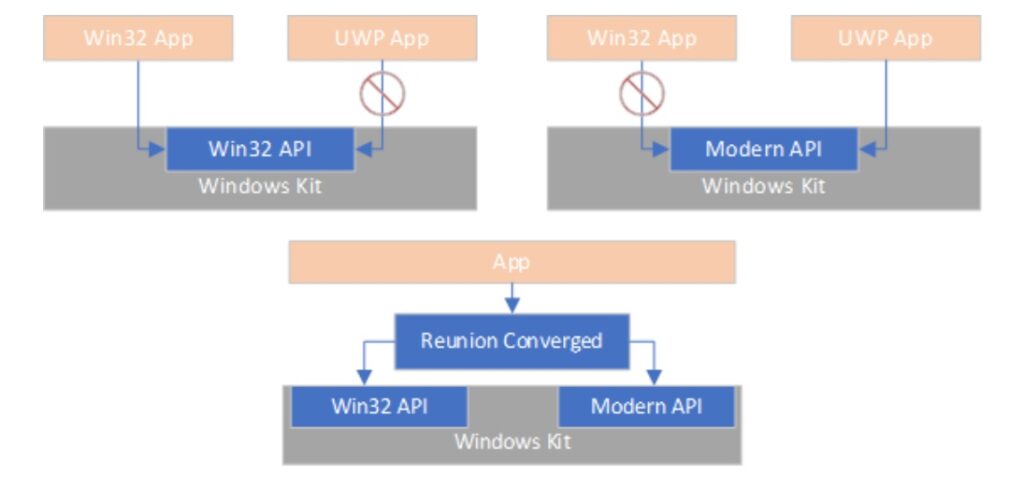
Microsoft Windows App SDK 1.1 is out, with many important updates to the framework once known as “project reunion.”

The “reunion” is between the Universal Windows Platform (UWP), which evolved from the work done for Windows 8, and the classic Win32 platform. UWP never won wide developer adoption but it did consume a large part of Microsoft’s efforts to modernize Windows.
The Windows App SDK decouples modern Windows features and APIs from UWP so that developers can code applications with the Windows 10 or 11 look and feel without adopting the UWP application model.

Related projects include Win UI 3, which is a set of APIs and tools for building desktop applications for Windows 10 and 11, and MSIX, which is a packaging and deployment tool enabling clean installation and removal of applications.
Version 1.0 of the Windows App SDK was released in November last year but with a number of limitations, not least support for multiple windows on the same thread. That feature was provided in version 1.0.1 in March this year, but now we have 1.1 with further new features, including a “visual refresh to showcase the Windows 11 design language,” according to a post by the team.
Other new features include the ability to run App SDK applications as administrator, notification support, and windowing APIs that give programmatic control over the z-order of windows. In other words, developers can bring windows to the front or push them behind.
There are also custom-drawn window title bars, handy for touch users, or where developers want interactive content in the title bar. A Restart API lets developers add code to recover and restart an application after a crash or hang. There is also support for self-contained deployment, where the Windows App SDK dependencies are bundled with the application enabling xcopy deployment.
The release of 1.1 is an important step towards maturity for Microsoft’s current preferred SDK for desktop development.
Will it now win over developers?
There are a few obstacles. One is that the Windows App SDK requires a minimum of Windows 10 1809. That version of Windows is under four years old, and restricts the potential users for App SDK applications.
Second, there is strong interest in cross-platform applications, with Microsoft recommending both the recently released .NET MAUI (Multi-platform App UI) or React Native for Windows in its official advice. Either option greatly increases the potential market for an application.
Lastly, the fact that tried and trusted frameworks such as .NET Windows Forms and Windows Presentation Foundation (WPF) still work, and run fine on Windows 10 and 11, means that many business developers are content to stay with those familiar frameworks and not worry about closely matching the Windows 11 look and feel.
